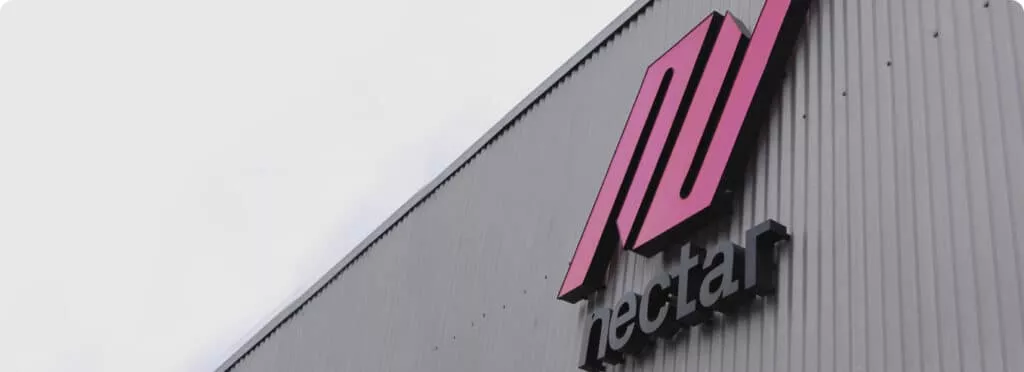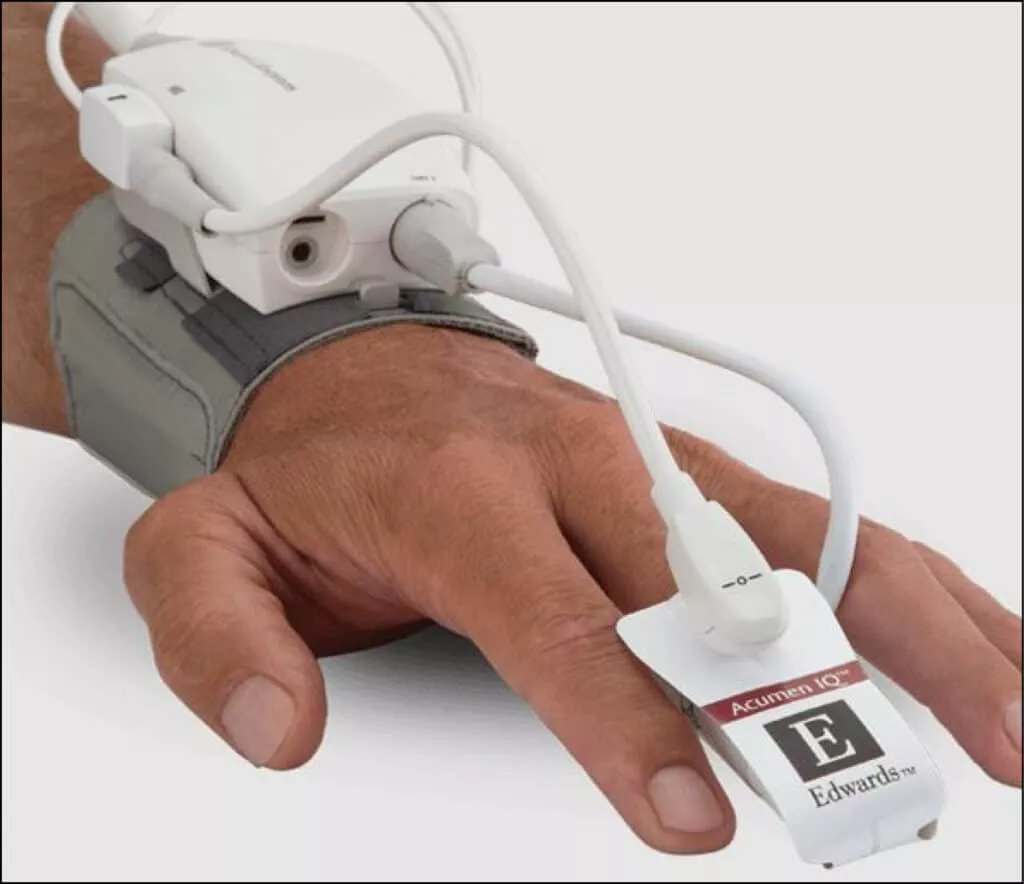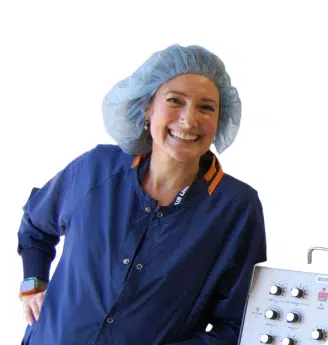Introduction to FMEA
Failure Modes and Effects Analysis (FMEA) is a systematic, structured approach used by organizations to identify and evaluate potential failure modes within a product, process, or system. FMEA aims to understand how failures can occur, what their effects might be, and prioritize them based on their severity, occurrence probability, and detectability. It’s a proactive tool that helps businesses anticipate and mitigate risks before they lead to costly failures.
Why should an FMEA Analysis be Performed?
- Risk Mitigation: FMEA assists in pinpointing potential failure modes, their causes, and effects, enabling organizations to proactively mitigate risks and prevent costly failures.
- Quality Improvement: By addressing issues before they impact performance, safety, or customer satisfaction, FMEA enhances product or process quality.
- Cost Reduction: FMEA leads to cost savings by preventing defects, reducing warranty claims, and minimizing rework or recalls.
- Compliance and Regulation: In industries like automotive, aerospace, and healthcare, FMEA analysis is often a regulatory requirement, helping businesses stay compliant.
- Continuous Improvement: FMEA is integral to a culture of continuous improvement, fostering innovation and ensuring ongoing product and process enhancement.
How to Perform FMEA Analysis?
Step 1: Define the Scope and Objectives
- Start by clearly defining the scope of your FMEA analysis. Determine what product, process, or system you are assessing and set specific objectives for the analysis.
Step 2: Assemble a Cross-Functional Team
- Form a team of experts from different departments or areas relevant to the analysis. This diverse team brings a variety of perspectives and expertise to the table.
Step 3: Identify Critical Components
- Identify the critical components or elements of the product, process, or system you are analyzing. These are the parts most likely to impact the overall performance or safety.
Step 4: Assess Failure Modes
- Brainstorm and list all potential failure modes for each critical component. A failure mode is a description of how a component can fail or malfunction.
Step 5: Evaluate Severity, Occurrence, and Detectability
- Assign numerical values to severity (impact), occurrence (likelihood), and detectability (ability to catch the failure before it reaches the customer) for each failure mode. Use a scale, often from 1 to 10, with higher values indicating higher risk.
Step 6: Calculate the Risk Priority Number (RPN)
- Calculate the Risk Priority Number (RPN) for each failure mode by multiplying severity, occurrence, and detectability scores. This helps prioritize which failure modes to address first.
Step 7: Develop Risk Mitigation Strategies
- Based on the RPN values, prioritize the most critical failure modes for risk mitigation. Develop strategies to reduce or eliminate these risks.
Tools and Templates
FMEA analysis often involves the use of various tools and templates to streamline the process:
- FMEA Worksheet: This is a structured document where you record all the information related to the analysis, including failure modes, RPN scores, and mitigation strategies.
- Risk Assessment Matrix: A matrix that visually represents the risk levels of different failure modes based on severity, occurrence, and detectability scores.
- Pareto Analysis: A graphical tool used to identify the most significant contributors to risk by focusing on the highest RPN values.
Real-World Examples
To illustrate the practical application of FMEA across different sectors, consider the following examples:
- Automotive Industry: Automotive manufacturers use FMEA to analyze potential engine failure modes. By identifying and addressing high-risk failure modes in advance, they improve the reliability and safety of their vehicles.
- Pharmaceutical Industry: Pharmaceutical companies apply FMEA to their manufacturing process to prevent contamination and ensure product quality. By systematically evaluating risks, they maintain compliance with strict regulatory standards.
Best Practices and Tips
When implementing FMEA analysis, it’s essential to follow best practices and consider the following tips:
- Regular Updates: Continuously revisit and update your FMEA analysis, especially when making changes to the product or process.
- Cross-Functional Collaboration: Encourage collaboration among team members with diverse expertise to ensure a comprehensive analysis.
- Data-Driven Decisions: Base your assessment on data and evidence rather than assumptions.
- Document Everything: Maintain detailed records of the analysis, findings, and actions taken for future reference and audits.
- Continuous Improvement: Use FMEA as a tool for ongoing improvement, learning from past failures, and preventing future ones.
By following these steps, utilizing appropriate tools, learning from real-world examples, and adhering to best practices, organizations can effectively implement FMEA analysis to manage risks, enhance quality, and drive continuous improvement in their products and processes.
Root Cause Analysis vs. FMEA
Definition and Purpose
Root Cause Analysis (RCA) is a systematic methodology used to identify the underlying causes of problems or failures within a process, system, or product. Its primary objective is to dig deep into the root causes of issues to prevent their recurrence.
FMEA, on the other hand, is a proactive approach used to identify and assess potential failure modes within a product, process, or system. Its primary purpose is to evaluate and prioritize risks to prevent failures before they occur.
Methodologies and Approaches
RCA Methodology:
- Data Collection: Gather data related to the problem or failure, including symptoms, effects, and observations.
- Cause Identification: Analyze the data to identify possible causes using techniques like the “5 Whys” or “Fishbone” diagrams (Ishikawa diagrams).
- Root Cause Determination: Continue to drill down into causes until the fundamental, underlying root cause(s) are identified.
- Solution Development: Develop and implement corrective actions to address the identified root cause(s).
- Verification and Validation: Ensure that the implemented solutions effectively eliminate the problem and monitor for recurrence.
FMEA Methodology:
- Scope Definition: Clearly define the scope and objectives of the FMEA analysis.
- Team Formation: Assemble a cross-functional team with relevant expertise.
- Failure Mode Identification: Identify potential failure modes for critical components.
- Risk Assessment: Evaluate the severity, occurrence, and detectability of each failure mode using numerical ratings.
- Risk Prioritization: Calculate the Risk Priority Number (RPN) for each failure mode to prioritize mitigation efforts.
- Risk Mitigation: Develop strategies to reduce or eliminate high-risk failure modes.
- Monitoring and Continuous Improvement: Continuously monitor and update the analysis, especially when changes occur.
Applications and Industries
RCA:
- RCA is commonly used in industries such as healthcare, manufacturing, aviation, and engineering to investigate accidents, quality issues, and safety incidents.
- For example, in healthcare, RCA is applied to understand the causes of medical errors and patient safety incidents.
FMEA:
- FMEA is widely used in industries like automotive, aerospace, pharmaceuticals, and product design to proactively manage risks. To learn more about key considerations in design thinking, read our blog here.
- In the automotive industry, FMEA is used to assess potential failures in vehicle components, ensuring safety and reliability.
Strengths and Limitations
RCA:
- Strengths: RCA is effective at finding the root cause of a specific problem, leading to targeted solutions.
- Limitations: It is often reactive, addressing issues after they occur, and may not prevent future problems.
FMEA:
- Strengths: FMEA is proactive and helps prevent failures by identifying and addressing potential risks.
- Limitations: It may not always uncover unforeseen issues, and its effectiveness depends on the accuracy of the initial risk assessment.
Integration and Best Practices
RCA and FMEA can complement each other when used together. RCA can be employed to investigate failures that have already occurred, while FMEA can be applied to prevent future failures.
Best Practices:
- Encourage a culture of open communication and learning from failures.
- Use FMEA as a proactive tool for risk management and RCA as a reactive tool for problem resolution.
- Document findings and actions taken in both RCA and FMEA processes for future reference.
Summary
In summary, FMEA Analysis is a powerful risk management tool that helps organizations identify and mitigate potential failures, improve quality, reduce costs, ensure compliance, and foster continuous improvement. By systematically evaluating failure modes and their impacts, FMEA empowers businesses to proactively address risks and enhance their products and processes.
Key Takeaways:
- FMEA helps proactively mitigate risks and prevent failures.
- It enhances product quality, reduces costs, and ensures compliance.
- FMEA complements Root Cause Analysis for comprehensive risk management.



























